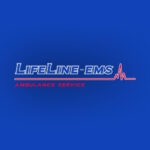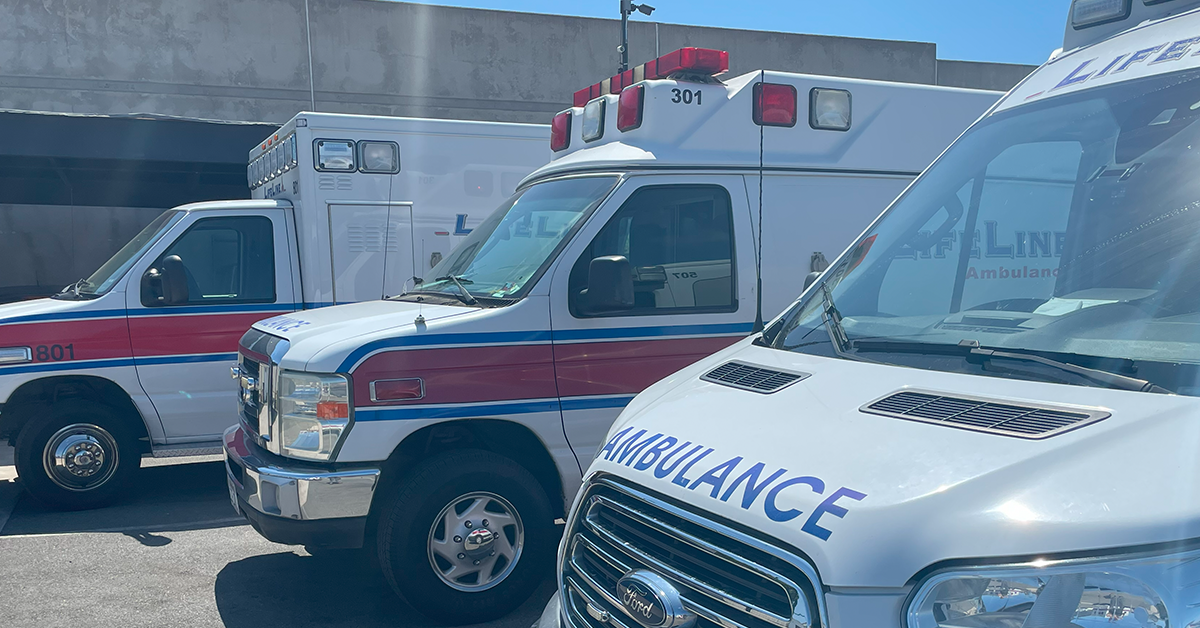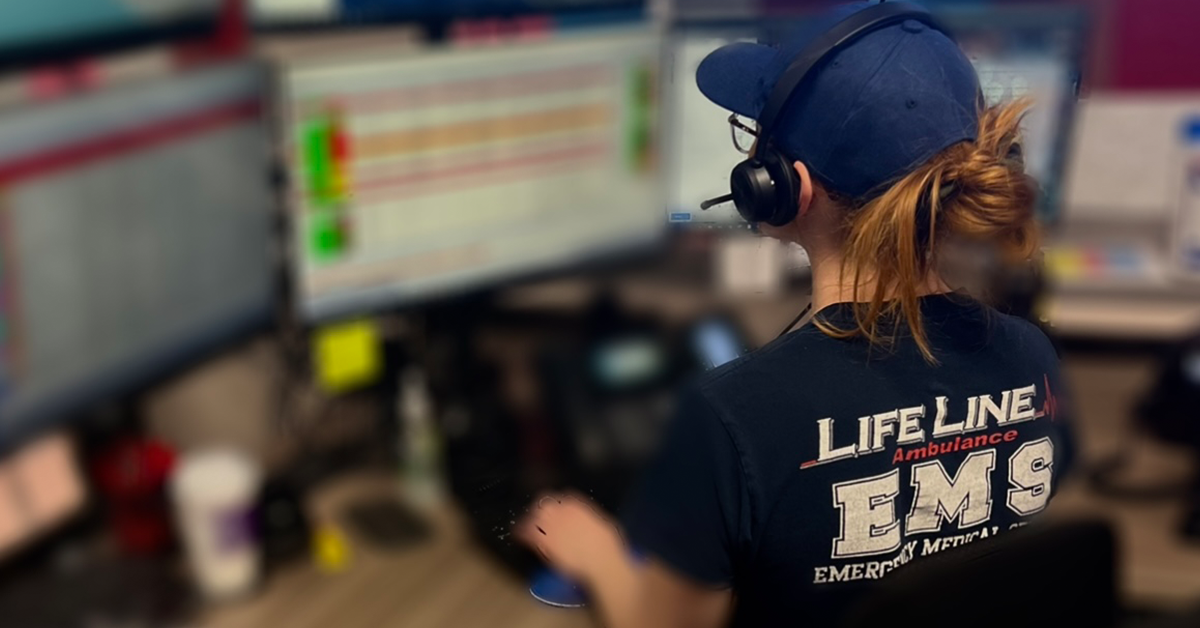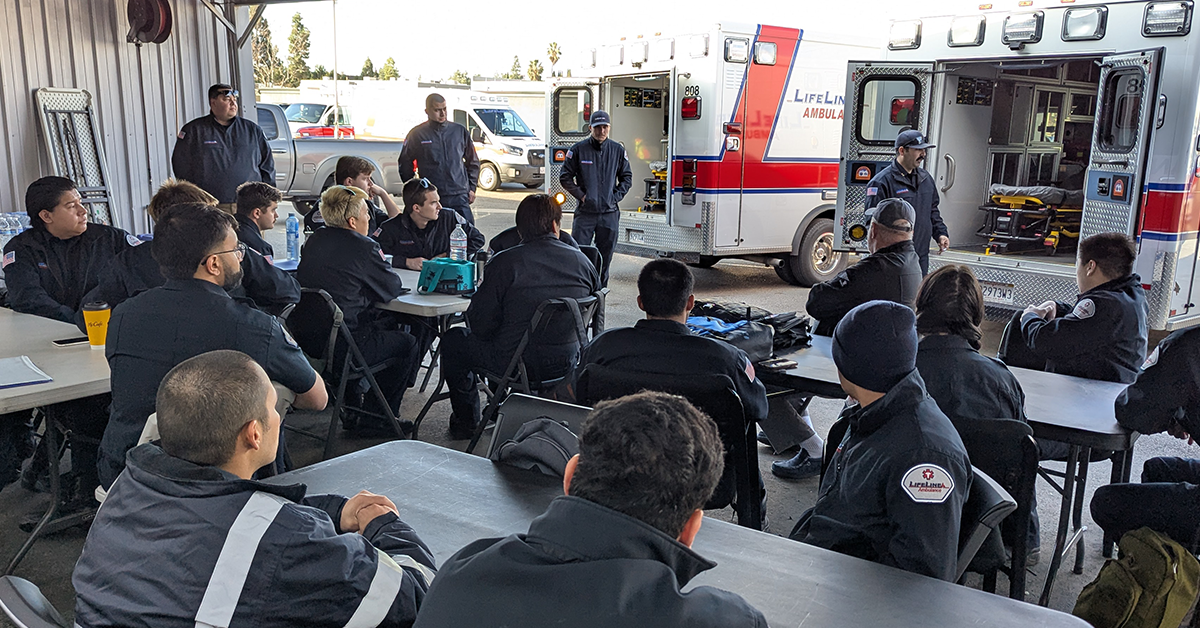The seamless collaboration between Emergency Medical Services (EMS) providers and hospitals plays a pivotal role in the healthcare system. From the moment a 911 call is made to the transfer of care in a hospital, these partnerships are essential to ensuring patients receive timely, effective, and appropriate treatment. By working together, EMS providers and hospitals improve patient outcomes, streamline care delivery, and enhance the overall healthcare experience.
The Importance of EMS-Hospital Collaboration
The EMS-to-hospital care continuum is the first link in the chain of survival for many patients. Effective communication, coordination, and shared protocols ensure that patients receive the right care at the right time. This collaboration is particularly crucial for time-sensitive emergencies such as cardiac arrests, strokes, trauma, and respiratory distress.
Key Benefits of EMS-Hospital Collaboration:
- Improved Patient Outcomes: Timely interventions and accurate pre-hospital care increase survival rates and reduce complications.
- Streamlined Care Transitions: Effective communication ensures a smooth handoff between EMS providers and hospital staff, minimizing delays in treatment.
- Efficient Resource Allocation: Coordinating with hospitals helps EMS teams direct patients to facilities best equipped to handle specific medical needs.
Key Areas of Collaboration Between EMS Providers and Hospitals
Collaboration between EMS providers and hospitals encompasses several critical areas, all aimed at optimizing patient care and outcomes.
1. Pre-Hospital Care and Communication
Pre-hospital care begins the moment EMS providers arrive at the scene. Their ability to assess, stabilize, and communicate critical information to the receiving hospital is fundamental to the patient’s journey.
- Accurate Patient Assessment: EMS personnel conduct initial assessments, gathering vital information such as vital signs, medical history, and the nature of the emergency. This information guides the treatment plan both during transport and upon arrival at the hospital.
- Real-Time Communication: EMS teams relay detailed information about the patient’s condition, treatments administered, and anticipated needs to hospital staff en route. This communication allows hospitals to prepare necessary resources, such as trauma teams or specialized equipment.
- Use of Technology: Many EMS providers use electronic patient care reporting (ePCR) systems to document and transmit patient data to hospitals in real-time, improving accuracy and efficiency.
2. Coordinated Response for Time-Sensitive Conditions
For critical conditions, such as strokes or heart attacks, EMS-hospital coordination is vital in reducing treatment delays and improving outcomes.
- Stroke Response Protocols: When a stroke is suspected, EMS teams notify hospitals with stroke centers, allowing them to activate their stroke teams and prepare for immediate diagnostic tests and treatments such as thrombolysis.
- STEMI (Heart Attack) Protocols: In cases of ST-Elevation Myocardial Infarction (STEMI), EMS providers transmit electrocardiogram (ECG) results to hospital cardiology teams, enabling rapid activation of catheterization labs for life-saving interventions.
- Trauma Alert Systems: For trauma cases, EMS teams alert hospitals with Level 1 or Level 2 trauma centers, ensuring surgeons, anesthesiologists, and critical care teams are ready upon the patient’s arrival.
3. Seamless Handoff and Continuity of Care
The handoff process between EMS providers and hospital staff is a critical moment in patient care. Clear communication during this transition ensures that vital information is not lost and that care continues without interruption.
- Structured Handoff Protocols: EMS teams use standardized handoff tools such as the SBAR (Situation, Background, Assessment, Recommendation) framework to provide concise and comprehensive reports.
- Bedside Handoff: Whenever possible, EMS providers deliver patient information directly to the receiving hospital team at the bedside, allowing for immediate clarification of details and patient condition updates.
- Documentation Sharing: Pre-hospital documentation, including vital signs, interventions, and medications administered, is shared with the hospital to form a complete patient record.
4. Post-Event Feedback and Quality Improvement
Collaboration between EMS providers and hospitals extends beyond patient transport and handoff. Both parties engage in ongoing feedback and quality improvement initiatives to refine protocols and improve care delivery.
- Case Reviews: Hospitals and EMS teams conduct joint reviews of complex or high-acuity cases, identifying opportunities for improvement and celebrating successful outcomes.
- Performance Metrics: Data on response times, treatment protocols, and patient outcomes are analyzed to evaluate the effectiveness of EMS-hospital collaboration and identify areas for enhancement.
- Training and Education: Hospitals often partner with EMS providers to deliver continuing education programs, ensuring that EMS personnel stay current with the latest medical advancements and best practices.
How EMS Providers and Hospitals Use Technology to Enhance Collaboration
Advancements in technology have significantly improved the collaboration between EMS providers and hospitals, allowing for faster communication, better data sharing, and more coordinated care.
1. Electronic Patient Care Reporting (ePCR)
ePCR systems allow EMS providers to document patient information digitally and share it with hospitals in real-time. These systems improve accuracy, reduce duplication of efforts, and provide hospitals with comprehensive pre-hospital care data.
2. Telemedicine Integration
Telemedicine enables EMS providers to consult with hospital physicians while en route, receiving guidance on complex medical decisions. This is particularly beneficial for rural or remote areas where immediate hospital access may be limited.
3. Advanced Dispatch and Routing Systems
Modern dispatch systems use GPS and predictive analytics to direct ambulances to the nearest appropriate hospital, reducing transport times and ensuring patients receive care as quickly as possible.
4. Wearable Health Technology
EMS teams increasingly encounter patients with wearable health devices, such as continuous glucose monitors or implantable cardiac devices. Collaborating with hospitals to interpret and act on data from these devices enhances patient care.
How LifeLine EMS Enhances Collaboration with Hospitals in Los Angeles and Southern California
LifeLine EMS is a trusted partner to hospitals throughout Los Angeles and Southern California, delivering exceptional pre-hospital care and seamless collaboration to improve patient outcomes. Here’s how LifeLine EMS stands out:
1. Dedicated Communication Channels
LifeLine EMS prioritizes real-time communication with hospitals, ensuring that all patient information is relayed accurately and efficiently. Dispatchers and EMS crews use advanced communication systems to coordinate with hospital teams, reducing delays and improving readiness.
2. Specialized Training for EMS Personnel
LifeLine EMS invests in the ongoing education and training of its EMTs and paramedics, equipping them with the skills needed to collaborate effectively with hospital staff. From advanced cardiac life support (ACLS) training to trauma response protocols, LifeLine EMS ensures its teams are prepared for any situation.
3. Commitment to Quality Improvement
LifeLine EMS works closely with hospital partners to review performance metrics, participate in joint training exercises, and implement process improvements. This commitment to quality ensures that patients receive the best possible care at every stage of their journey.
4. Tailored Services for Diverse Needs
LifeLine EMS provides a wide range of services, from emergency response to non-emergency medical transport, all tailored to meet the unique needs of hospitals and patients in Southern California. Whether transporting critical care patients or supporting hospital discharges, LifeLine EMS ensures seamless coordination with hospital teams.
The Impact of EMS-Hospital Collaboration on Patient Outcomes
Effective collaboration between EMS providers and hospitals has a direct and measurable impact on patient outcomes. By working together, these partners can:
- Reduce Mortality Rates: Quick and coordinated responses to critical conditions, such as strokes and heart attacks, increase survival rates and reduce complications.
- Shorten Hospital Stays: Patients who receive appropriate pre-hospital care often experience faster recovery times and shorter hospital stays.
- Enhance Patient Satisfaction: Seamless transitions and timely care improve the overall patient experience, building trust in both EMS providers and hospitals.
Keep Reading
Want more? Here are some other blog posts you might be interested in.
In the high-stakes world of emergency medical services, clear and effective communication can mean the difference between life and death. EMS professionals...
Emergency Medical Services is an ever-evolving field that requires constant learning and adaptation. With medical advancements, technological innovations, and increasing public health...
Emergency Medical Services s a high-stress, physically demanding profession that requires dedication, quick decision-making, and resilience. While the rewards of saving lives...






